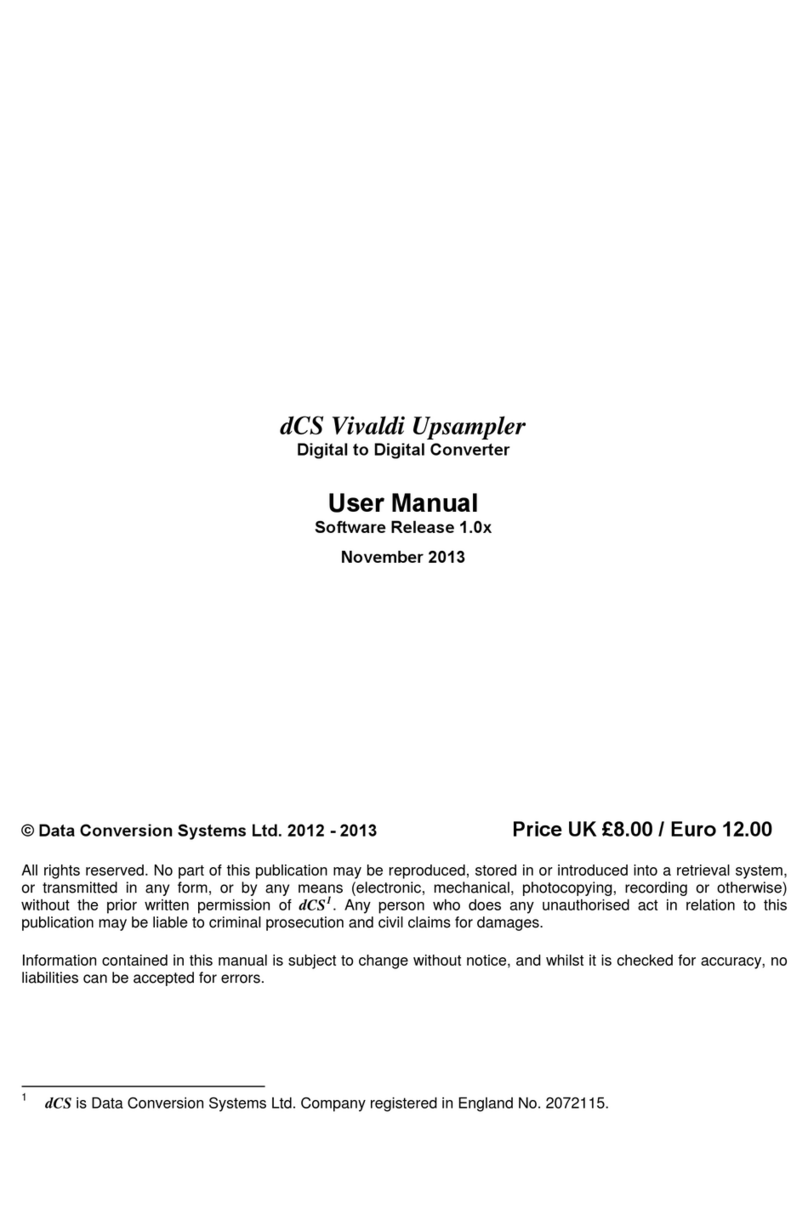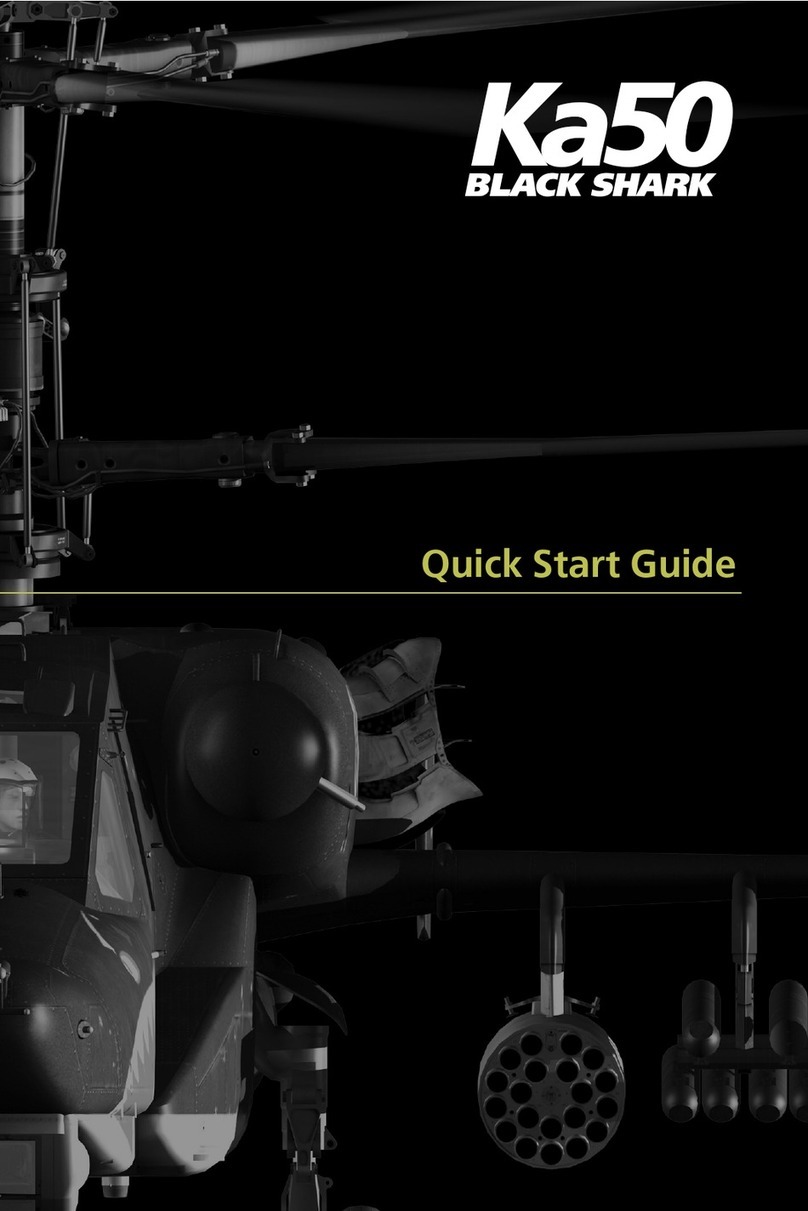SU-27 HISTORY
The Su-27, a Russian fourth-generation single-seat supersonic fighter, is recognised all over the
globe as one of the best combat aircraft of the 20th century. Due to its perfect flight performances
and operational characteristics, the fighter is rightfully popular with pilots and technicians. Top
piloting capabilities of the Su-27 fighter demonstrated during multiple air shows around the world did
not leave anyone indifferent. The Su-27 is in the top lines of the aviation record tables of the
International Aircraft Federation. To the date, the Su-27 is a record-holder of 27 world class flight
achievements. The Su-27 is the forefather of a combat aircraft family of various functionality,
including the Su-27UB trainer, Su-33 ship-borne fighter, Su-30 twin-seat multirole fighter family, Su-
34 tactical bomber and deep modernized fighter Su-35.
To achieve such impressive results, the developers of the fighter had to follow the long and difficult
way. The creation of the fighter in its modern appearance with its current performances to guard the
Russian aerospace as well as that of the Su-27 buyers would not have been possible without
strenuous efforts made by many engineers, designers, scientists, researchers, pilots and military test
experts. The most significant input in the Su-27 development was made by teams of the Sukhoi
Design Bureau and Komsomolsk-on-Amur Aircraft Manufacturing Plant, developers of its powerplant,
radar and guided missile system from the Lyulka-Saturn Company, Tikhomirov Instrumentation
Research Institute and Vympel State-owned Design Bureau respectively. In addition to the above
organisations, the Su-27 fighter was being developed by many other scientific and research
institutions, including the TsAGI, CIAM, GosNIIAS, CNII, a range of other design bureaux and
research institutes that designed and manufactured various systems for the Su-27 fighter. This article
is dedicated to some aspects of the Su-27 development history which began 30 years ago.
Advanced Frontline Fighter Programme
A team of developers from the Kulon Machine-Building Plant headed by Pavel Osipovich Sukhoi
initiated in 1969 the development of an advanced new-generation fighter for the Soviet Air Force and
Air Defence Forces' aviation. By the mid-seventies, a general concept of the new fighter was
formulated in co-operation with a number of science and research institutions. This concept provided
for a high-manoeuvrability long-range fighter with a powerful weapons system and a perfect
sighting/navigation system that would allow the pilot to participate efficiently in both long-range
missile exchange and dogfight. The basic performances of the new fighter were to be of top class
globally while a number of characteristics was to exceed those of its American F-15 counterpart the
American leadership was reasonably vesting its high hopes in. The design bureau was planning to
introduce a number of major innovations and solutions into the design of the new fighter designated
T-10.
In 1970, the Sukhoi design bureau developed the first version of the fighter airframe incorporating
key features of the integrated aerodynamic configuration. The aircraft was to have a lifting body
featuring a smooth coupling of the wing and fuselage, two turbojet engines located in isolated belly-
mounted engine nacelles and two vertical stabilisers. Such an integrated design allowed a significant
improvement of the fighter's aerodynamics and provided for a more spacious interior to
accommodate fuel tanks and various equipment. For the fighter to achieve intended flight
performances within a wide range of altitudes and speeds, the new fighter's wing had ogyval shape





























